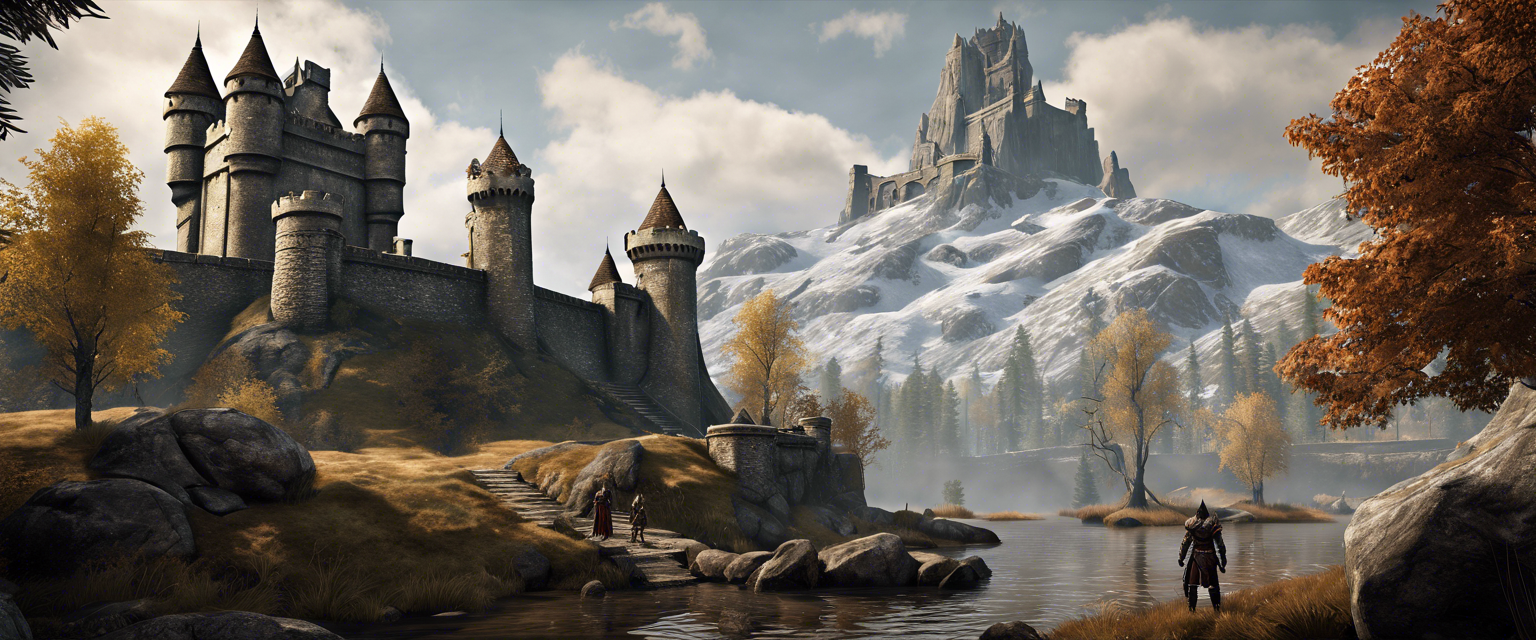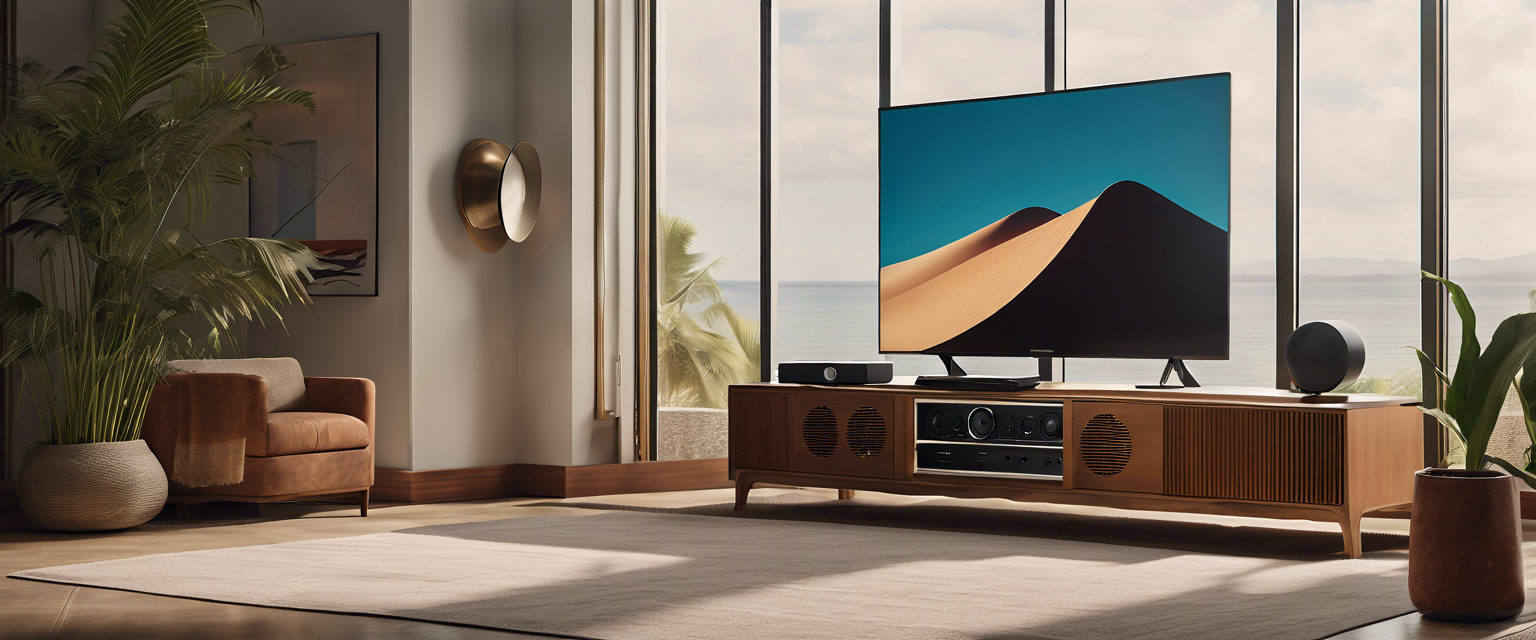How Astronauts Can Pass Time in Space: Creative Suggestions for Wilmore and Williams
As the world waits with bated breath for astronauts Barry "Butch" Wilmore and Sunita Williams to return from their unexpected extended stay at the International Space Station (ISS), many have begun speculating about how these astronauts are managing to fill their time in orbit. Originally aboard the Boeing Starliner with plans to return after just one week, the crew now faces the possibility of being stranded at the ISS until February of next year. With a surplus of time on their hands, here are some fun and creative ideas for how they might entertain themselves while they wait.
1. Host Virtual Game Nights
With high-speed internet access aboard the ISS, Wilmore and Williams can connect with their families or friends back on Earth for some virtual game nights. From board games adapted for online play to multiplayer video games, these astronauts can enjoy a sense of normalcy amidst their space duties.
2. Take Up Space Gardening
Growing plants in space is not only fascinating but can be a rewarding pastime. They could experiment with growing small crops or flowers, documenting the process and the challenges of cultivating life in low gravity. This can also contribute valuable research to future missions, such as the potential for growing food on Mars.
3. Astronomy Nights
With a unique vantage point, the crew can host astronomy nights, using telescopes or cameras to capture stunning images of celestial phenomena. They can share these experiences with enthusiasts on Earth, creating a bridge between their isolated world and our own.
4. Engage in Scientific Experiments
Instead of simply waiting, Wilmore and Williams can dive into scientific experiments they may have brought with them or conduct new ones using the ISS facilities. From fluid dynamics to plant growth, they can contribute to ongoing research and take advantage of the unique conditions of space.
5. Start a Podcast or Vlog
NASA has a rich history of space exploration, and sharing personal experiences through a podcast or vlog could be a great way to connect with the public. They can discuss life in microgravity, share unique challenges they face, or even provide a tour of the ISS.
6. Create Art in Space
Art can be a powerful form of expression, especially in an extraordinary environment like space. Wilmore and Williams could tap into their creativity by painting, drawing, or even composing music that expresses their feelings about being in orbit.
7. Exercise Regimen
Staying healthy during their extended stay is crucial, so engaging in regular exercise not only maintains their physical health but can also be a source of entertainment. They can design playful fitness challenges that keep their spirits high.
8. Collaborate on Science Communication
As experienced astronauts, they could work on public outreach initiatives to inspire future generations by sharing their stories and insights. Collaborating with educators on Earth to develop STEM (Science, Technology, Engineering, and Mathematics) content could also engage students and promote interest in space exploration.
Conclusion
While the extended stay at the ISS may not have been on the itinerary, it presents a unique opportunity for astronauts Barry Wilmore and Sunita Williams to engage in creative projects, scientific research, and personal growth. By making the most of their time in space, they can contribute valuable knowledge and experiences that extend beyond the confines of the ISS — helping inspire the future of space exploration.



Zostaw komentarz
Wszystkie komentarze są moderowane przed opublikowaniem.
Ta strona jest chroniona przez hCaptcha i obowiązują na niej Polityka prywatności i Warunki korzystania z usługi serwisu hCaptcha.